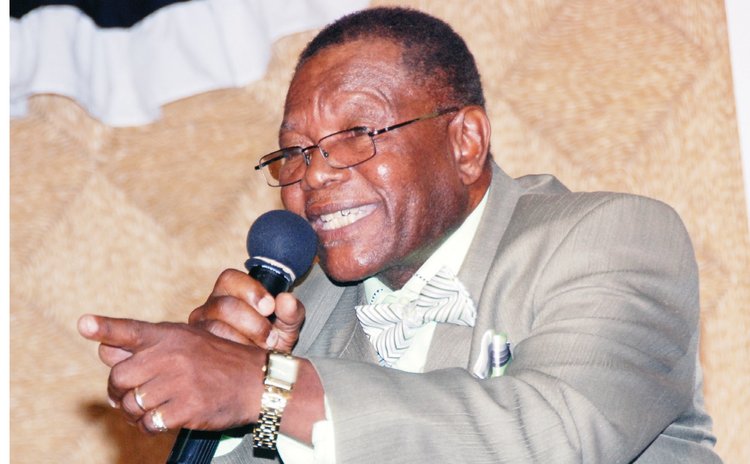Calypso: A veritable 'poor man's newspaper

The calypso art form is an indelible element in the colourful cultural tapestry of the Caribbean.
Dominica's annual Calypso competition is an eagerly anticipated part of carnival as the nation's best calypsonians try to outdo each other at the national competition.
Everyone knows what Calypso is today, but where did it come from and how did it become so deeply embedded in the Caribbean way of life?
Its origins are not so clear-cut.
According to the New World Encyclopedia, Calypso originated in Trinidad around the start of the 20th century.
According to the encyclopedia, "While most authorities stress the African roots of Calypso, in his 1986 book Calypso from France to Trinidad, 800 Years of History veteran calypsonian Rafael de Leon…asserted that Calypso descends from the music of the medieval French troubadours." Authorities agree that Calypso quickly became a veritable 'poor man's newspaper' in Trinidad as it circulated on the island.
Calypso is similar in nature to the Chante Mas which was performed on the plantations of Dominica.
Dominica's first Chief Cultural Officer and longstanding member of the Culture Council, Dr. Alwin Bully, said 'Chante Mas' is rooted in the traditions West Africa in which a Griot is the keeper of the tribal history.
Dr. Bully said that the music on the plantations took on the minor tones of African songs and became an important part of the lifestyle of plantation slaves.
On islands that were colonized by the French, the pre-Lenten carnivals were festive times and the slaves performed Chante Mas when allowed.
The songs often took the form of the West African custom of turning serious events and poignant stories into songs, so people could remember them through the ages.
The slaves lampooned the slave masters covertly by singing 'masked' lyrics that did not point directly at them.
Bully said it was common in the West African tradition to sing about the history of the people or even a family and to engage in social commentary through songs.
Chante Mas was performed on the streets in Dominica during the pre-Lenten carnival jump-up. Like Calypso, it dealt with provocative topics like scandals, crimes and ridicule of persons in authority.
Dominican historian Dr. Lennox Honychurch said that while Calypso has the same roots as the folksongs of the Windward and Leeward Islands, it "owes a lot more to the Spanish influence of Venezuela. . ."
"The Calypso beat is much more that of Afro-Latin America than are the folksongs of the Eastern islands," he said. "The length of the lyrics and the cadence rhythm make it part of the Afro-Latin family."
Dr. Honychurch pointed to research done by Granville Smith that showed the gradual influence Calypso exerted on the traditional folksongs of the islands as it spread from Trinidad.
"In Dominica, local calypsonians were appearing on stage at variety shows by 1946. By the end of the 1950's Calypso shows were firmly part of Carnival celebrations," Dr. Honychurch said.
Former calypsonian and member of the Dominica Calypso Association, Philbert Alleyne said that back in the day, Calypso was not taken seriously.
He said its singers were mainly 'characters' who tended to be 'not generally respected' by society.
Alleyne said that the first organised Calypso show king was 'De Observer' who was Trinidadian.
Research revealed that he won the crown in 1958.
The shows became more organised and grew in popularity across social barriers, Alleyne said.
Eventually, the Jaycees club — which was responsible for holding the Carnival Queen shows — began incorporating calypsos into the festivities to generate income to promote the pageants in the 1970s, Alleyne said.
As time passed, the calypsonians decided to form a group of their own, which was the genesis of the Dominica Calypso Association (DCA).
The Association began organising its own shows but it was not smooth sailing.
Former DCA president Ras Kelly Williams said the 80s and early 90s brought controversy to Calypso, to the point where "most right-thinking Dominicans loathed being associated with the organisation".
Calypso researcher, Ian Jackson, said that the Calypso tent came on the scene over 20 years ago starting with the Stardom tent. Today, only Stardom and Showdown Mas Camp exist. Mighty Corn Lam Bi participated in the competition in the 70s, becoming the first woman to do so.
Jackson said that the first local calypsonians on vinyl were 'Tokeyo' and 'King Shakey', with 'Tennis Shoe Tongue' and 'Debar pou Debar' respectively.




